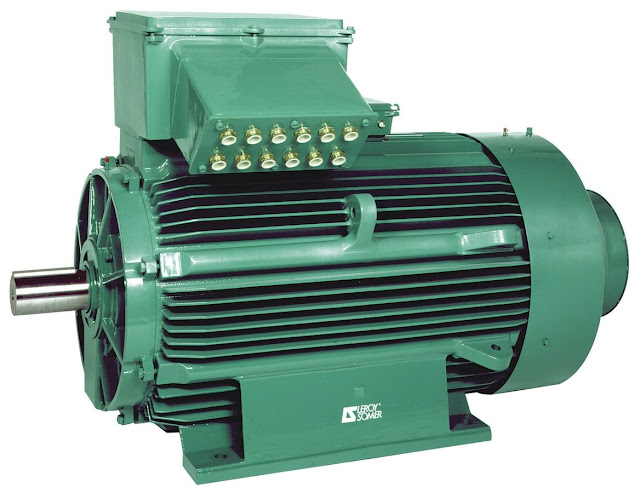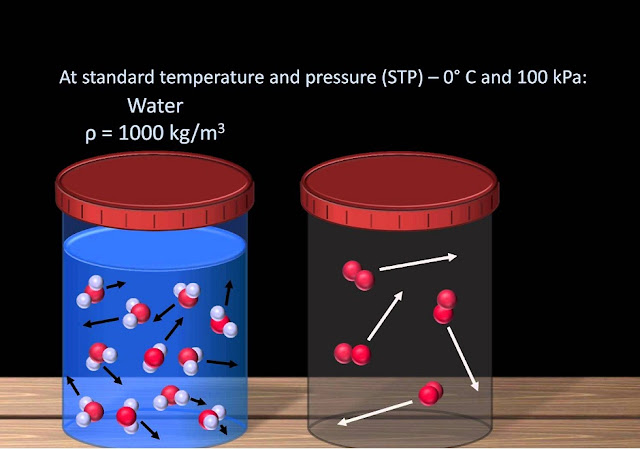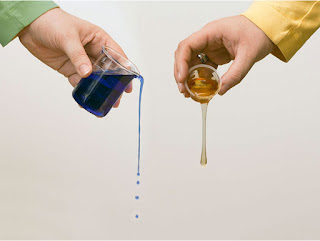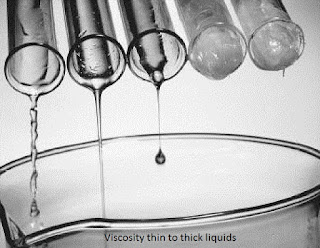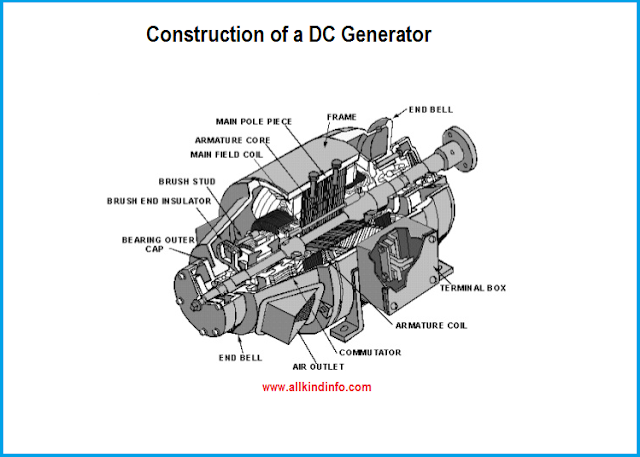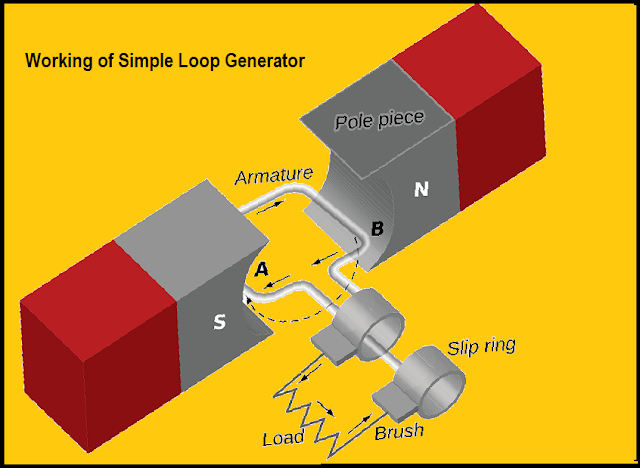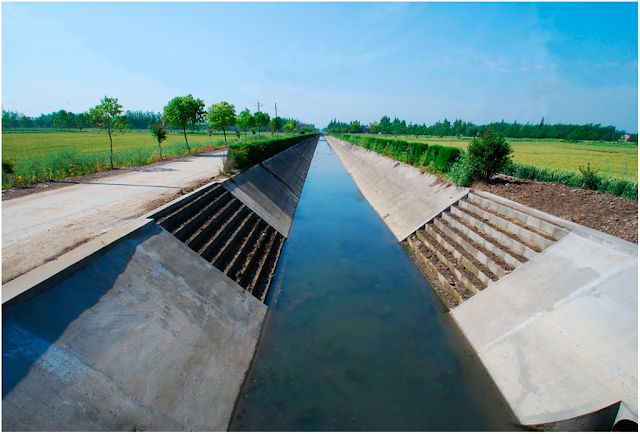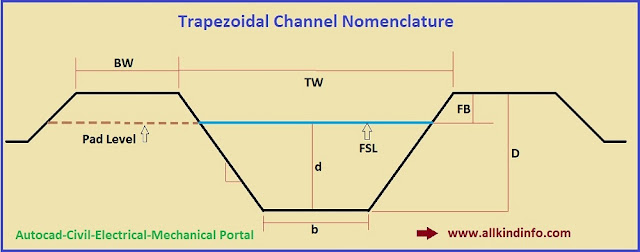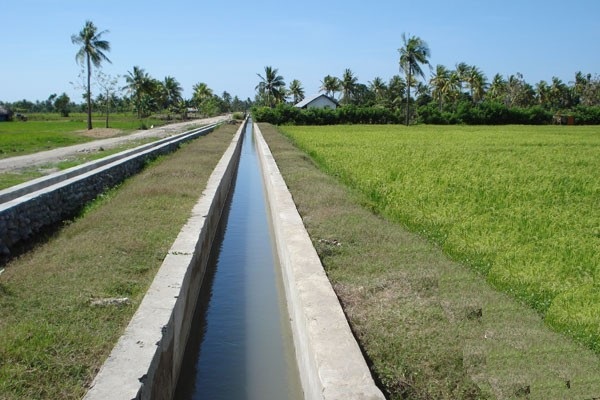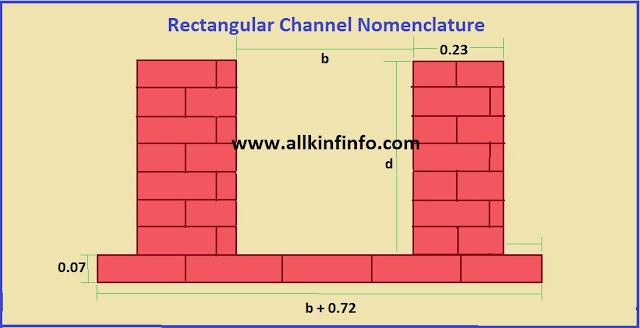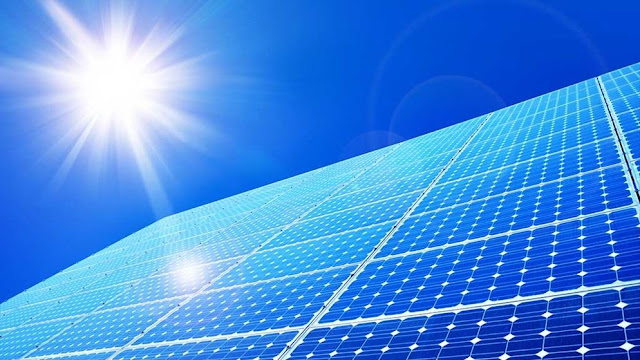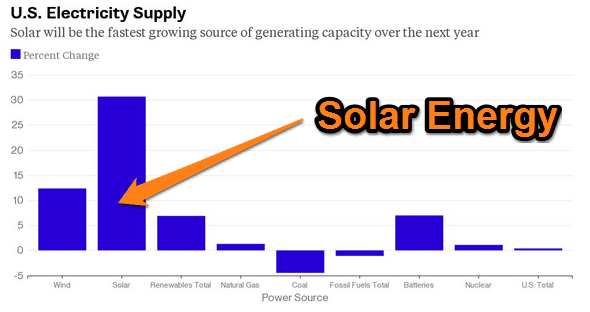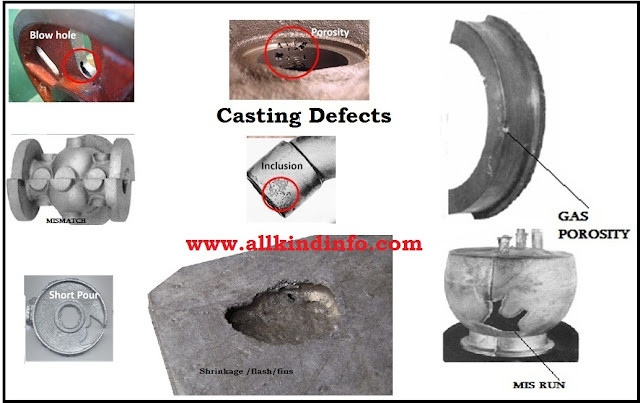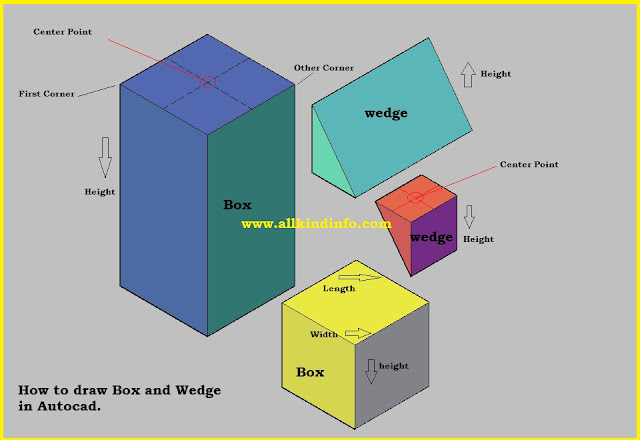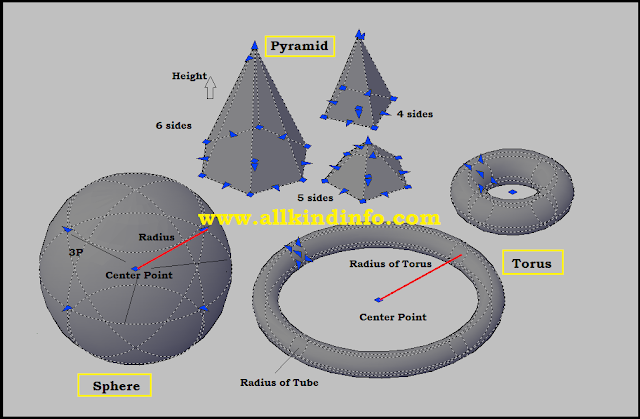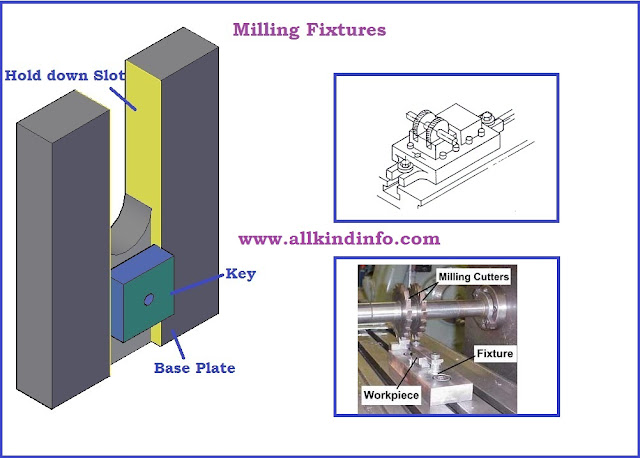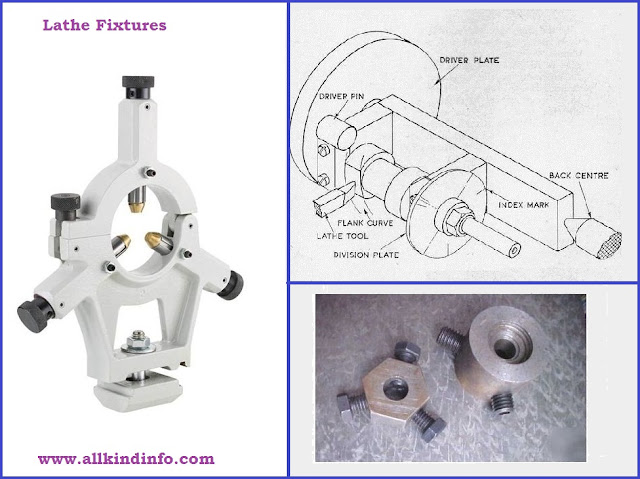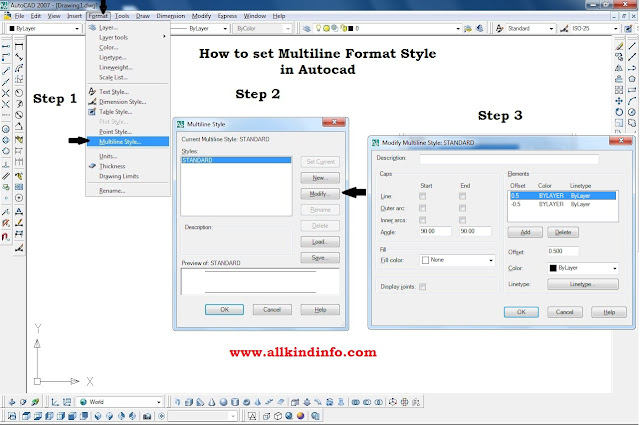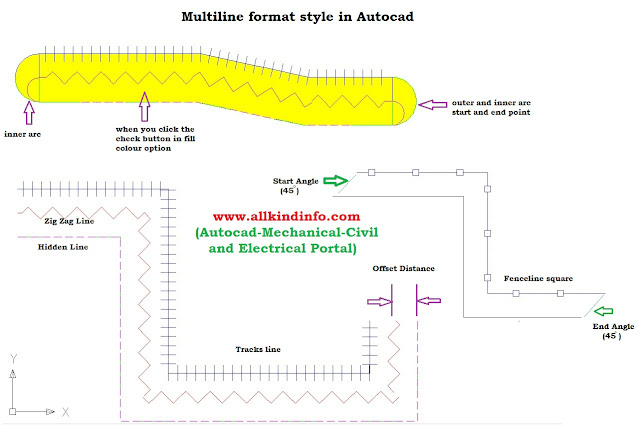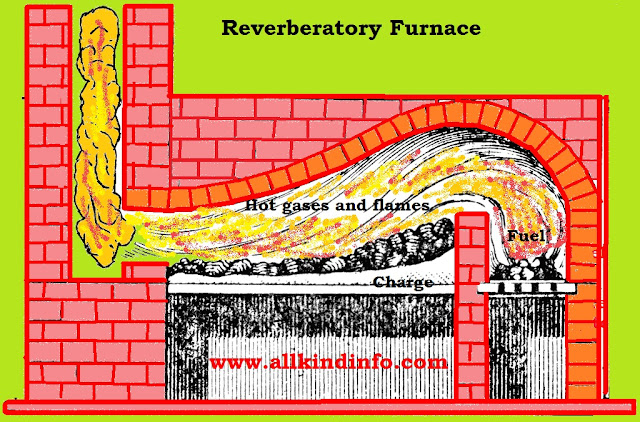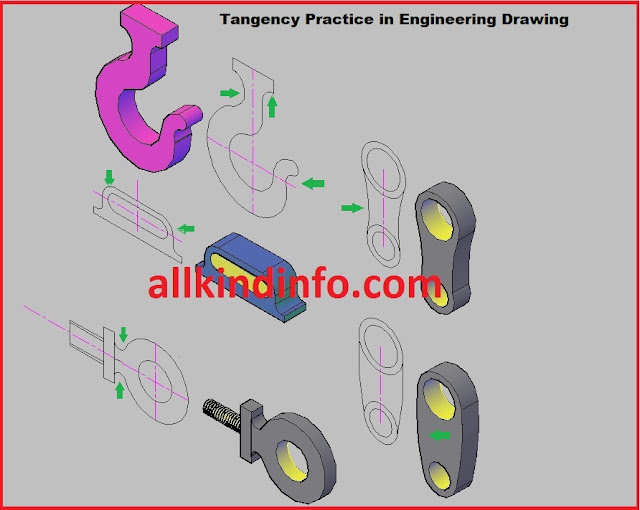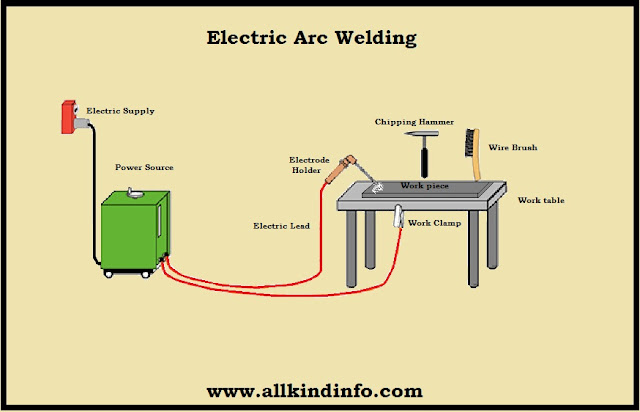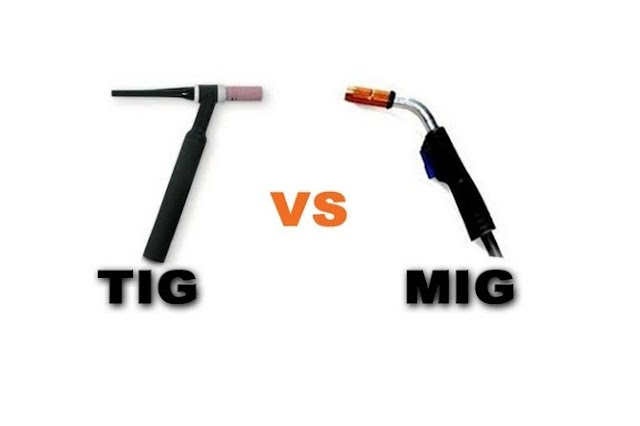Although casting provide cheap and easy manufacturing machine parts, but there are some defects found in the casting procedure. These casting defects are due to pattern , casting equipment like mold box, molten material and cores. Follows are the some defects and their detail.
1 : Blow Hole
It is smooth depression on the external surface of the casting object. It is also termed as sand blow.
2 : Mismatch or Mold shift
When bottom and top mold plates are mismatched with each other, it causes mold shift defect in the work piece. The object does not equal join with each other.
3 : Short Pour
Casting inadequate because of not filling the mold. This is a doltish trap which we as a whole do-bring about deficient metal in the ladle.
4 : Porosity /Steam Gas Porosity
This deformity as a rule appears as round openings like swiss cheese, simply under the adapt surface of the throwing and becomes exposed when light machining. The cause is a wet ladle, where the ladle covering was not appropriately and altogether dried. In compelling cases the metal will kick and bubble in the ladle. The act of pigging the metal in a wet ladle and refilling it with the trusts that the pigged metal wrapped up the ladle is sheer fully.
5 : Cold Shut or Miss run
These happens when the mold pit is not totally filled by the liquid and inadequate material or metal.
6 : Swell
It is an extension of the mold depression by liquid metal weight bringing about restricted or general augmentation of the casting.
7 : Fins or Flash
These are meager projections of the metal not proposed as a piece of casting. These more often than not happens at the separating line of the mold.
8 : Sand Wash
It occurs near the gates as a rough spots or lumps on the casting work piece.
9 : Shrinkage
It is a split or breakage in the casting on the surface of the work piece, which results from un equal withdrawal of the metal during hardening.
10 : Hot Tear
It is an inward or outside worn out spasmodically in the metal casting coming about soon after the metal has cemented.
11 : Slag Holes
This defect is also known as honeycombing. These are smooth depression on the outer surface of the casting.It occurs near the ingrates.
12 : Scabs
These are patches of sand on the outer surface of the casting work piece.
13 : Run-outs and Bust-outs
These grant seepage of the metal from the hole and result in inadequate casting.
14 : Buckle
A buckle is a long, genuinely shallow, broad, v depression that happens in the surface of level castings. It reaches out in a genuinely straight line over the whole level surface.
It results because of the sand expansion brought on by the heat of the metal, when the sand has inadequate hot distortion. It additionally comes about because of poor casting plan giving too extensive a level surface in the mold cavity.
15 : Bleeder
This fault is brought about by shaking the casting out too early when a part of it is still fluid. The area runs out leaving an imperfection. In great cases the whole focus segment will run out on the shake out man's feet.




